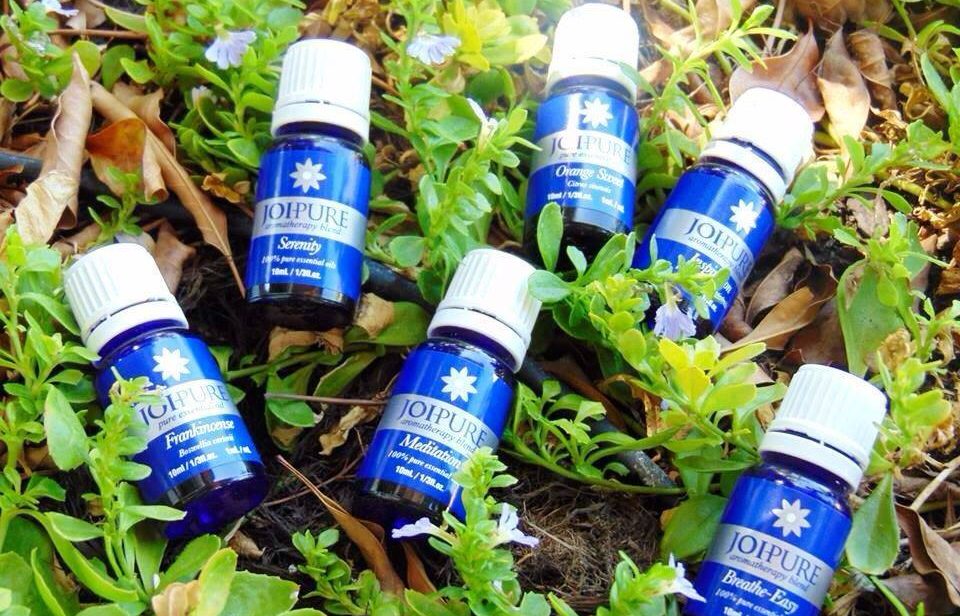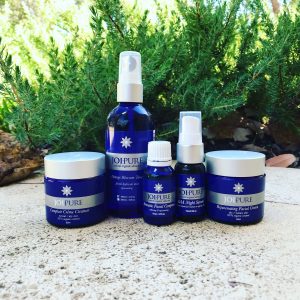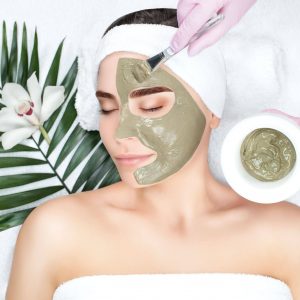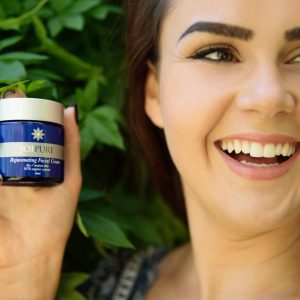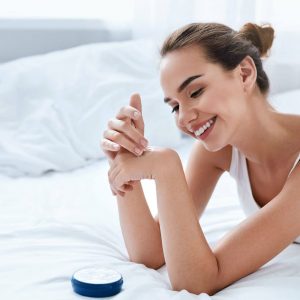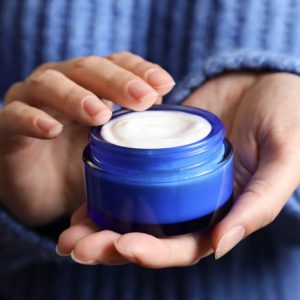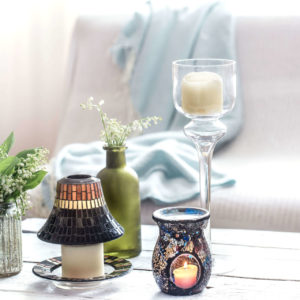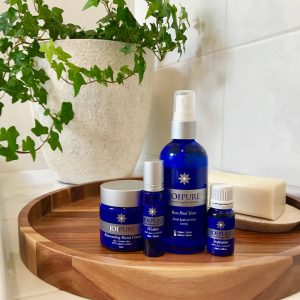Are you using essential oils correctly?
Essential oils are concentrated extracts that contains the essence, or chemical compounds of the plant from which they are sourced (in fact up to 70 times more concentrated); flowers, seeds, grasses, resins, bark, wood and peel. They have been used for healing purposes by various civilisations for thousands of years. Today essential oils are fairly main stream but we must be cautious to always use safe applications such as inhalation and dilution based on the needs of the individual to help promote healing and well-being. Essential oils may affect people differently, therefore dose and essential oil choice and combination needs to be considered. I recommend if you have any doubts or concerns to check with a qualified aromatherapist before applying or commencing any essential oil routine.
DOS
Essential oils need to used with respect, caution and correct dilution.
The following are my recommended Methods of Essential Oil Application:
Dilution & Dosages
For elderly or children over 12 years, use ½ the recommended amount. For children under 12 years or babies, please consult a qualified aromatherapist. For pregnancy or health concerns, please consult a qualified practitioner. Please note that most essential oils are safe to diffuse or use in an oil burner during pregnancy or for children as very little is absorbed via the alveoli of the lungs into the blood stream. It is more the application on the body via bath or massage oil that understanding and caution is required.
Massage
Used to relax or stimulate the body whilst nourishing the skin or to treat a specific area of the body. I recommended a 2%- 2.5% dilution of essential oil (or blend) to carrier oil such as our JOI Nourishing Massage Oil. This is equivalent to 4 -5 drops of essential oil to 10ml of the carrier oil. An easy way to remember this is 1/2 the number of drops per volume on mls. Eg. 20ml carrier oil would have 10 drops essential oil. Examples of suitable carrier oils to dilute your essential oils in are; Organic Jojoba Oil, Almond Oil, Olive Oil, or Apricot Kernel.
Bath
Full Bath – To a full bath of warm water, add 10 -12 drops of essential oil. In their pure form, essential oils are insoluble in water. To assist dispersion, essential oils may be blended in a 1/4 cup of whole milk or one teaspoon of honey before adding to bath. Soak for minimum of 15 minutes to allow absorption and pat skin dry to ensure further benefits.
Foot Bath – Soaking tired feet in aromatic water can be highly beneficial and enjoyable. Add 3 – 5 drops of essential oil to a large bowl of warm water. Soak feet for approximately 10 minutes.
Aromatic Compress
Aromatic compressing is used to treat specific areas of the body. Add 3 – 5 drops of chosen oil to a bowl of warm water. Immerse a clean cloth in the aromatic water and wring out excess before applying to localized area of the body. Repeat as necessary.
Inhalation
Vaporisation
For electric oil burners , add 5 -10 drops of your chosen oil to the ceramic top. For conventional oil burners which use a candle, fill the dish with water, add 5 – 10 drops of essential oil or aromatherapy blend. Light the candle in base of oil burner to warm the water and release aromatic vapors into the air. Remember to never leave a candle unattended. Diffusers use 8-10 drops.
Steam Inhalation
Used to relieve congestion of the head or chest. Add 3 – 5 drops of essential oil to a bowl of steaming water (near boiling). Our Breathe-Easy blend is perfect for this. Drape towel over head and bowl with face approx. 30cm from the water. Inhale vapors for 5 minutes, keeping eyes closed.
Direct Inhalation
One of the simplest and immediate ways to inhale essential oils is to apply 1 – 2 drops of chosen oil onto a tissue and inhale the vapors.
DON’TS
Ingestion
Photo sensitivity
Photosensitisation is a skin reaction that occurs in the presence of ultraviolet light. Some citrus oils like Bergamot contain constituents which are capable of absorbing energy from ultraviolet light potentially causing skin photosensitivity and pigmentation. It is not recommended to use photosynthesising pure essential oils prior to going out the sun.
Fragrance oils are not essential oils
Safety and data warnings
Store essential oils below 30ºc, keep out of reach of children, avoid contact with eyes, dilute for use. Please note: Essential oils are not for internal use.

